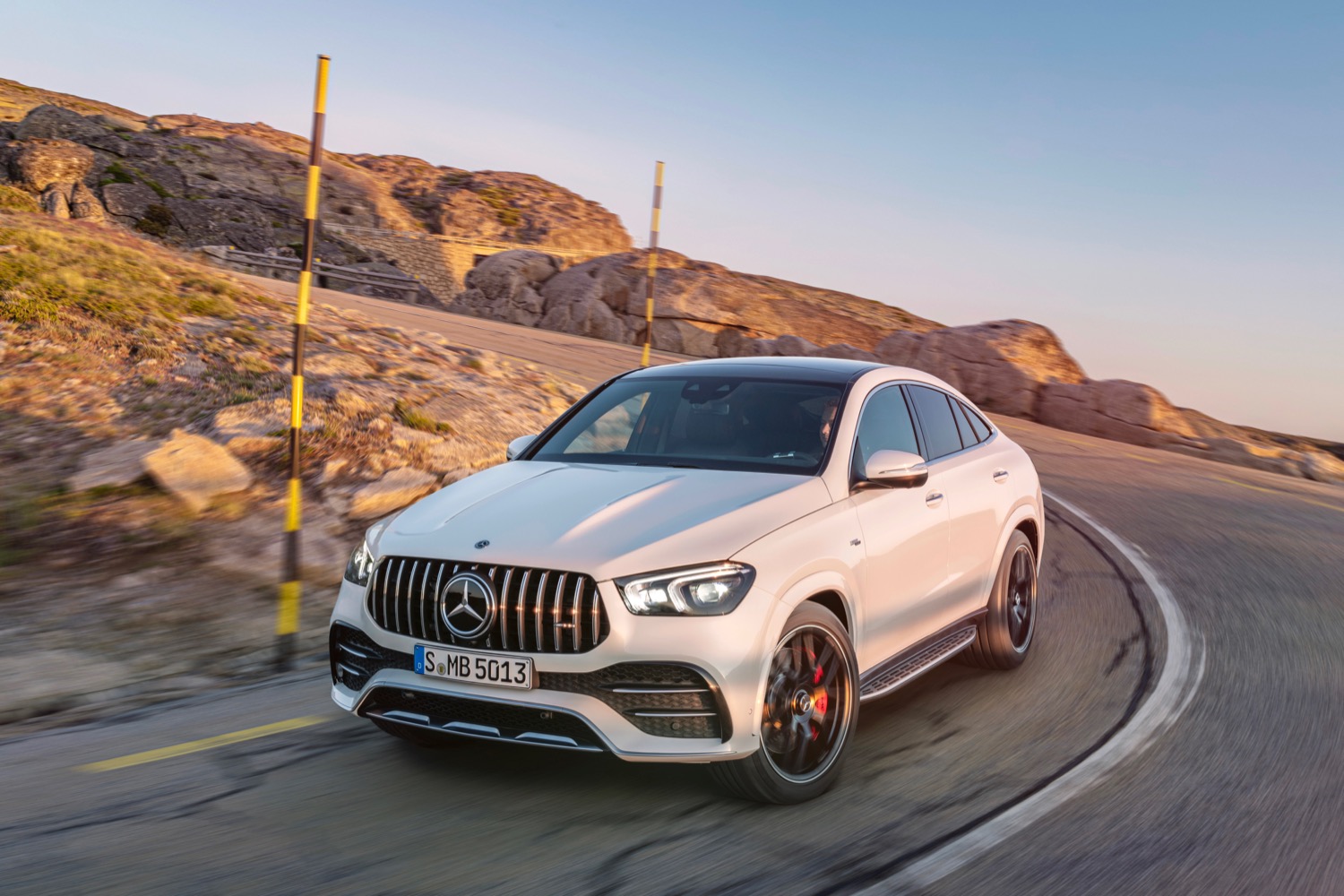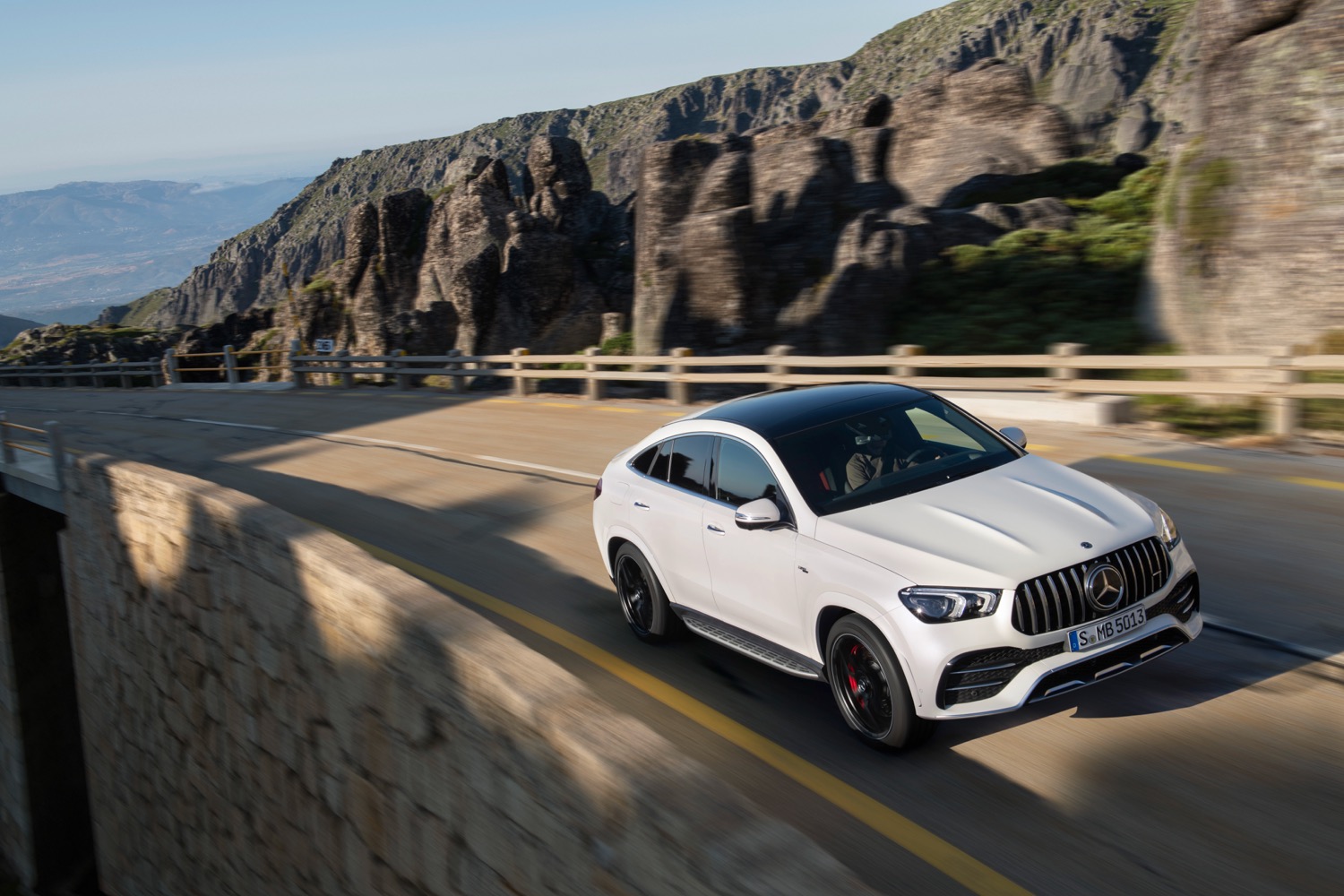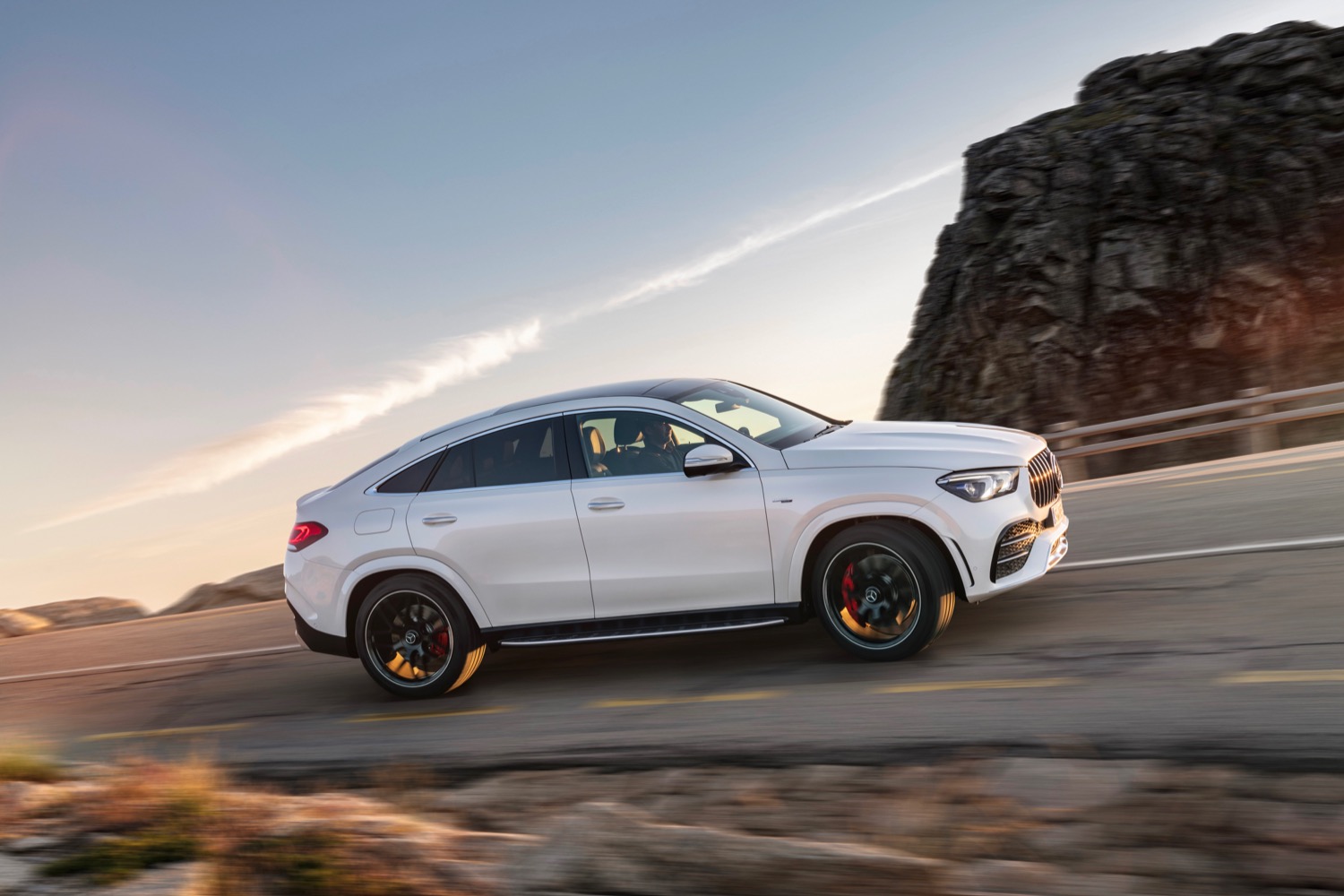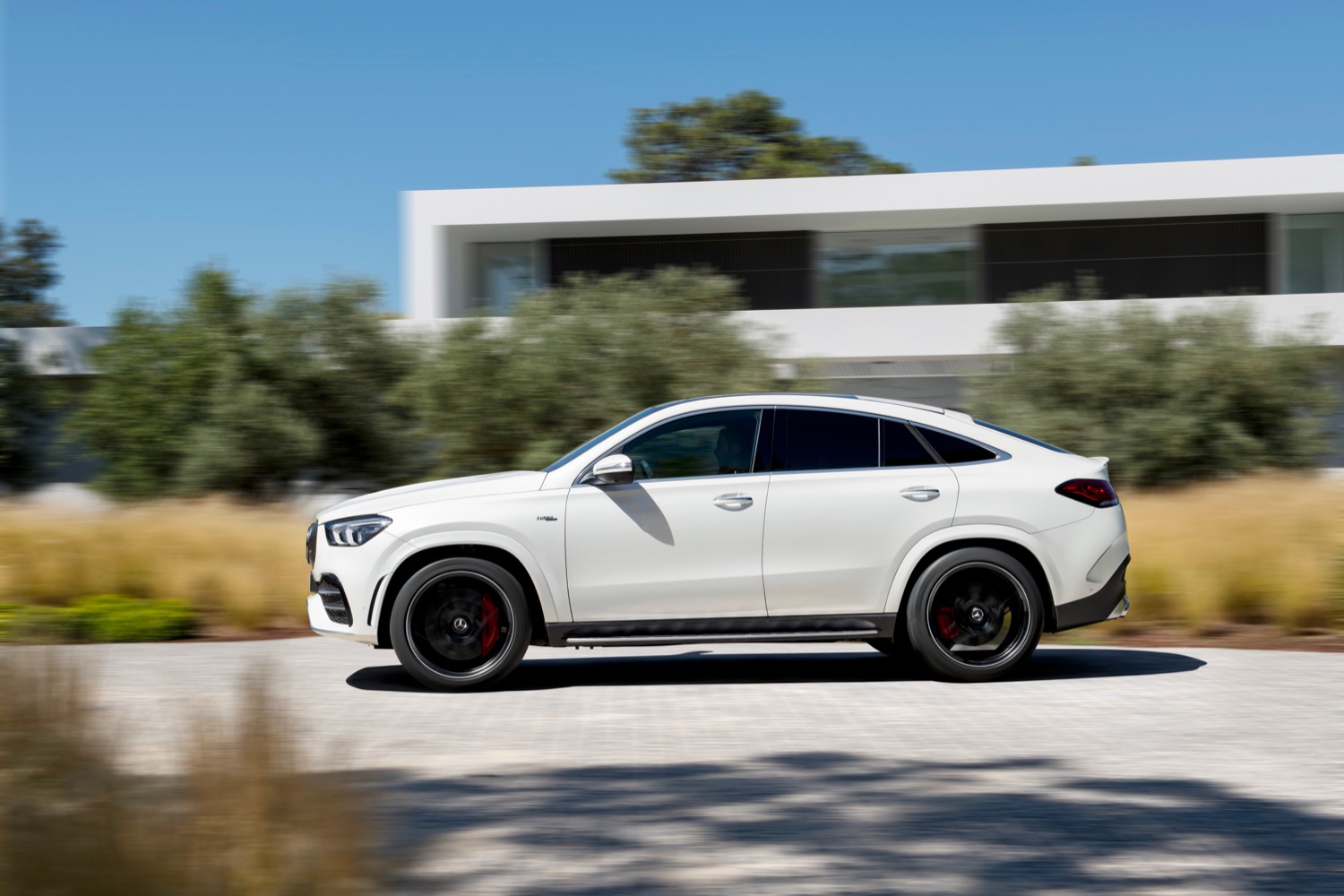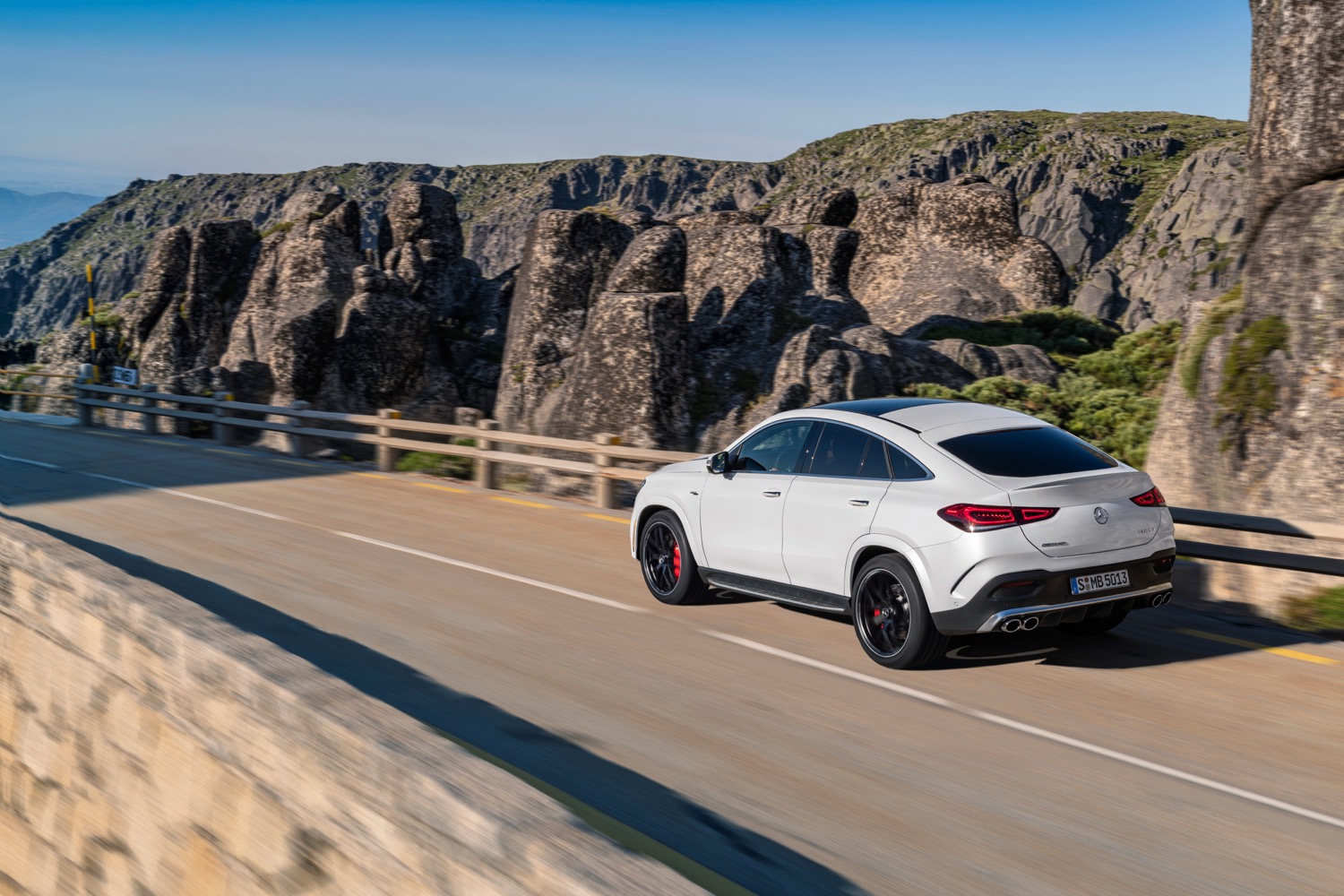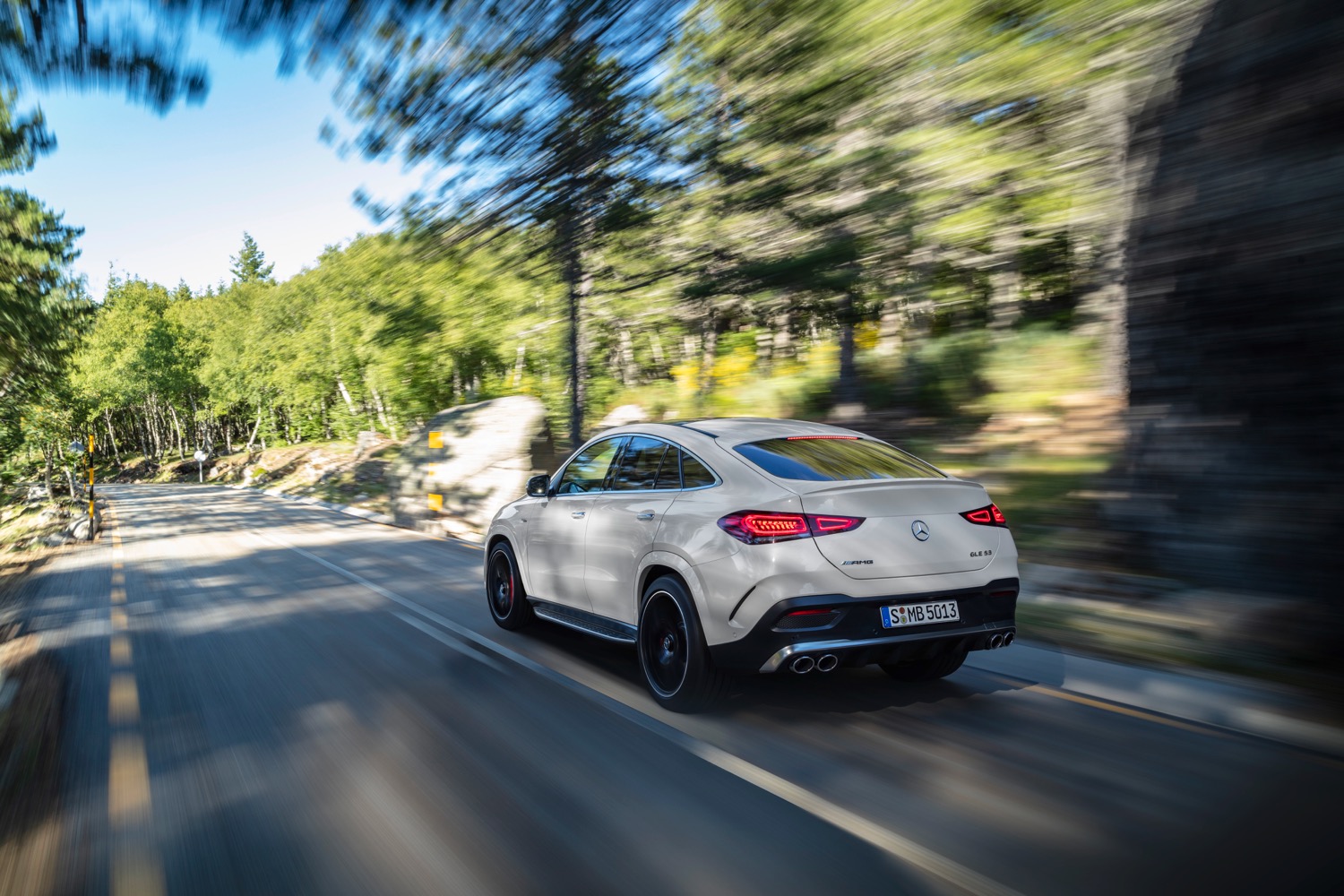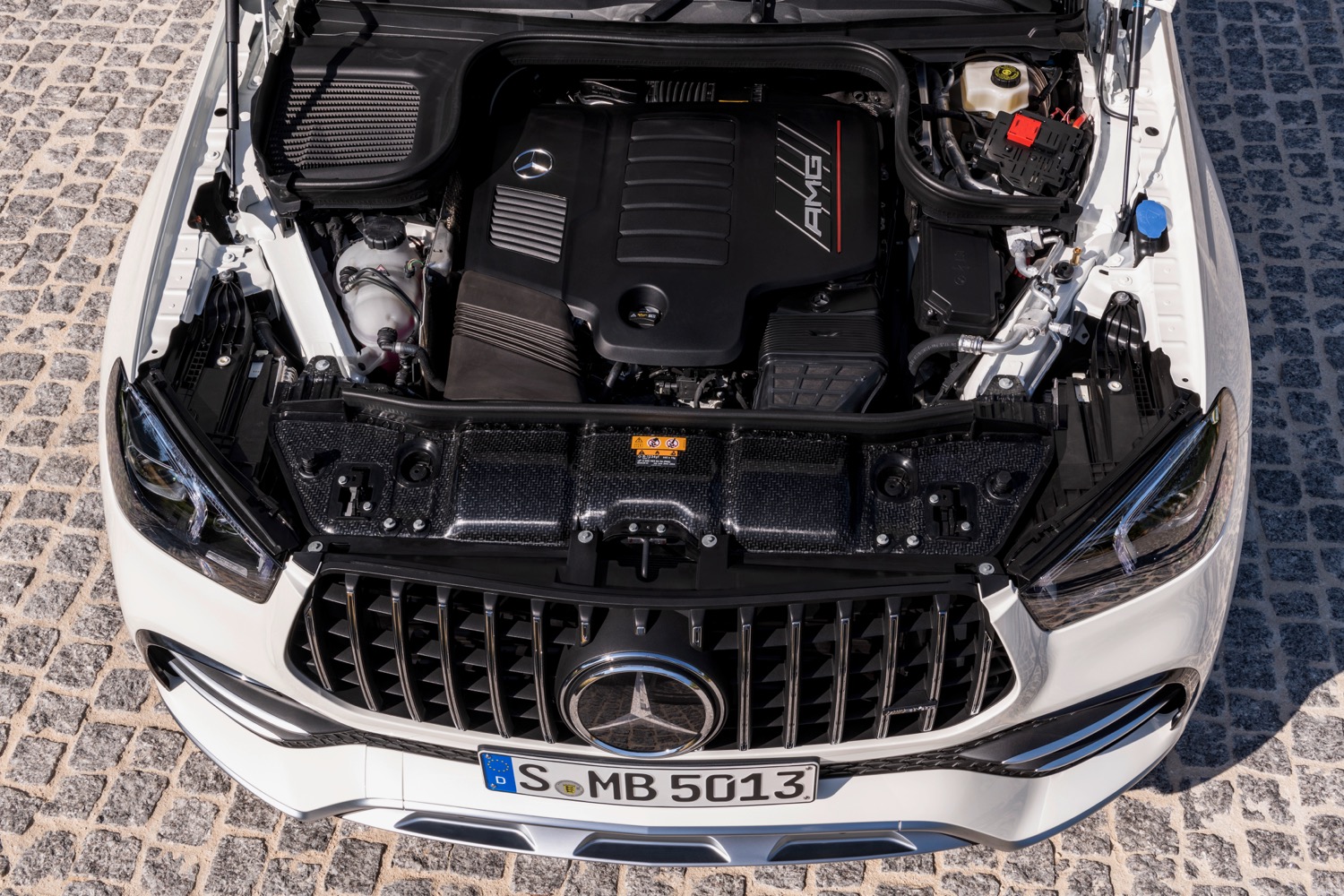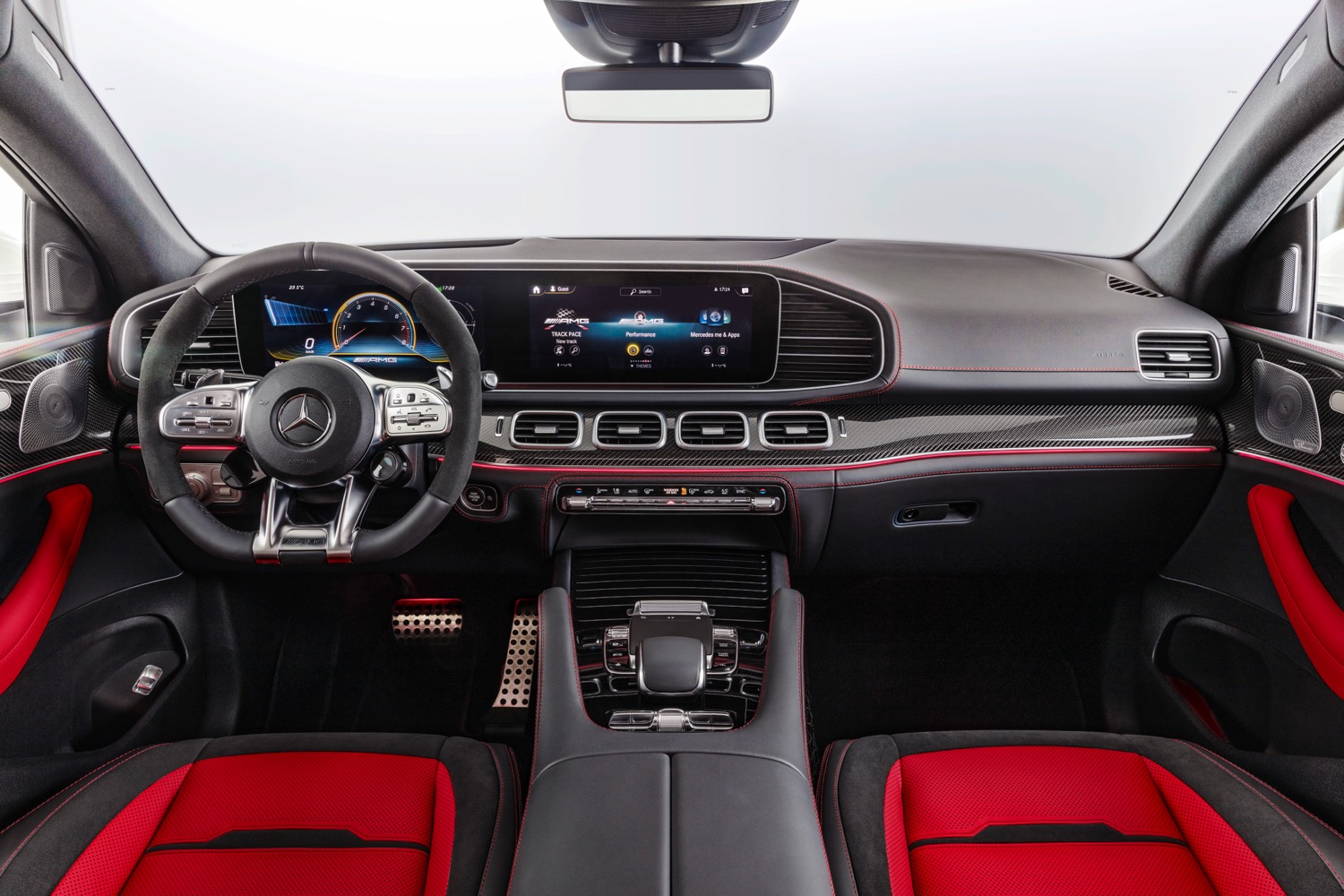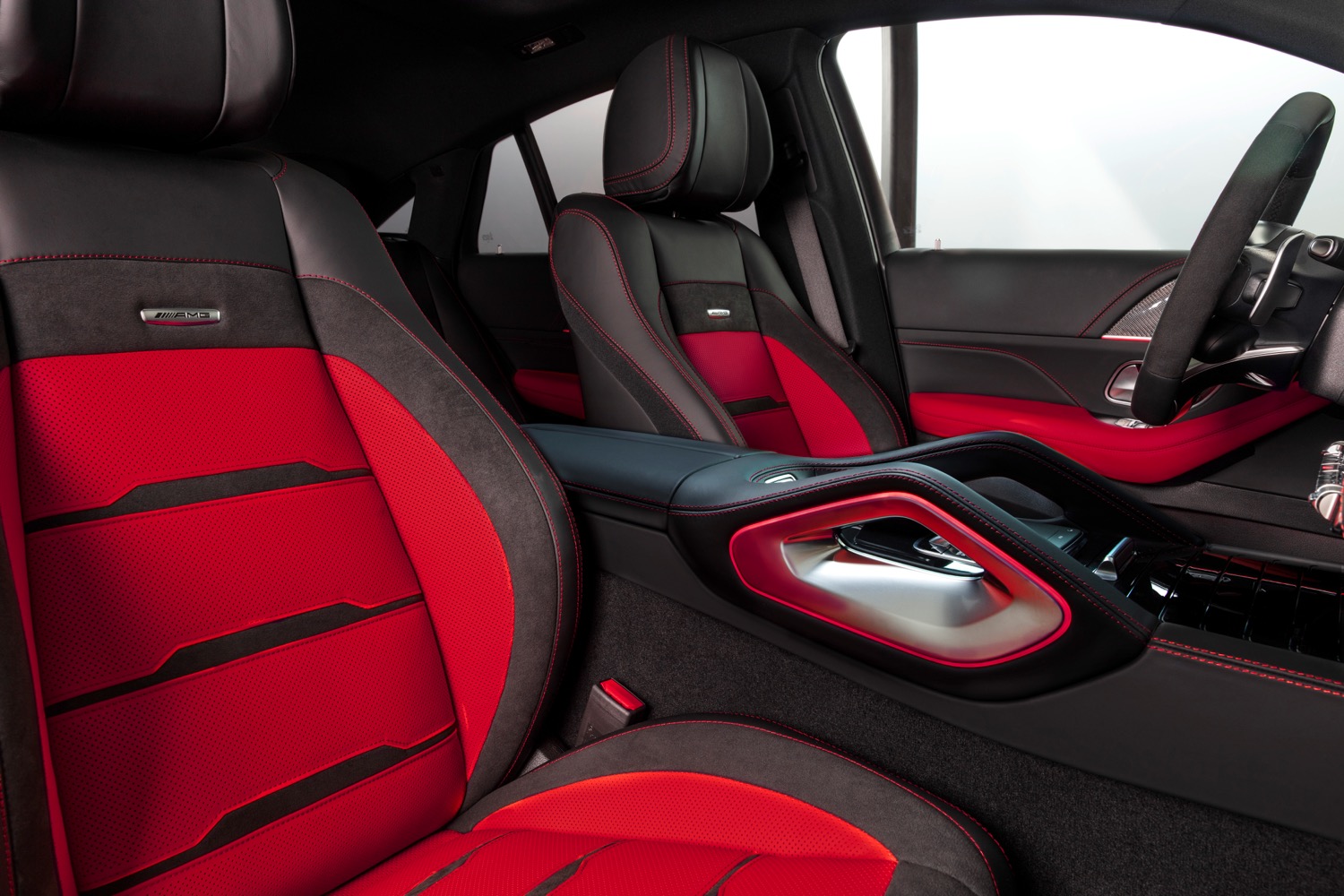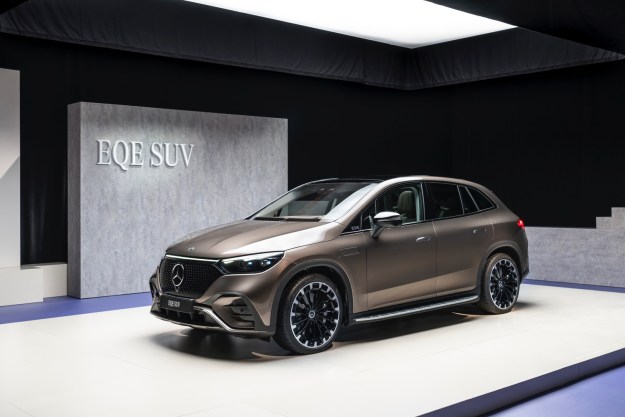Following the current trend in luxury SUVs, Mercedes-Benz is introducing a less-practical version of its GLE. Debuting at the 2019 Frankfurt Motor Show, the GLE coupe sacrifices space in the name of style. The new model will launch in the United States in sporty Mercedes-AMG GLE53 coupe guise, with a mild-hybrid powertrain.
The AMG GLE53 is the first of what will likely multiple GLE coupe variants. The GLE coupe adopts the now-familiar formula of taking an existing SUV and squashing the roof to give a sleeker, less boxy profile. Mercedes also claims the coupe has a 2.4-inch shorter wheelbase than the standard GLE, which might make the coupe a little more nimble. The AMG GLE53 also gets sportier styling elements, including model-specific 21-inch wheels (22s are also available) and a Panamericana grille, just like the AMG GT sports car.
The powertrain is the same one used in other Mercedes-AMG “53” models. It teams a 3.0-liter turbocharged inline-six engine and nine-speed automatic transmission with a 48-volt electrical system. This not only provides supplementary power, but also switches the car’s major accessories to electric power, lightening the engine’s workload and decreasing fuel consumption. It also allows for a more aggressive engine start-stop system, again, improving gas mileage.
Mercedes-AMG is supposed to be about performance, though, so how does the GLE53 measure up? The inline-six produces 429 horsepower and 384 pound-feet of torque, and the electric motor can add 21 hp and 184 lb-ft in short bursts. That will get the GLE53 coupe from zero 60 mph in 5.2 seconds, according to Mercedes. Top speed is electronically limited to 155 mph. If that isn’t good enough, Mercedes will likely introduce an even faster AMG GLE63 model in the future.
The Mercedes-AMG GLE53 coupe rides on adaptive air suspension, with standard all-wheel drive. Among the seven driver-selectable modes are “Trail” and “Sand” settings, although we doubt any owner will actually take their GLE coupe off road. A big SUV doesn’t seem like the ideal track car, either, but Mercedes included an AMG Track Pace data logger that can record up to 80 data points while lapping a circuit. That information can be shown on the head-up display or infotainment screen in real time.
On the inside, the AMG GLE53 coupe gets the latest MBUX (Mercedes-Benz User Experience) infotainment system, with a voice assistant activated by saying “Hey Mercedes.” The screen setup is similar to other recent midrange Mercedes models, with two 12.3-inch screens fused together into one long, horizontal display. Because it’s an AMG model, the GLE53 gets a flat-bottom steering wheel, lots of red interior trim, and front sport seats with generous side bolstering to hold occupants in place during cornering.
Pricing for the 2021 Mercedes-AMG GLE53 coupe will be revealed closer to the SUV’s U.S. launch, likely sometime in 2020. Expect Mercedes to add an entry-level GLE coupe model, as well as the aforementioned GLE63, at a later date. The GLE coupe will compete with the BMW X6 and Porsche Cayenne coupe.
Editors' Recommendations
- Mercedes G580 electrifies an off-road icon
- Part plug-in, part dragster, the Mercedes-AMG GLC63 is an SUV of many faces
- Mercedes-AMG EQE SUV first drive review: a better electric SUV
- The Mercedes-AMG EQE might be the best luxury EV right now
- Mercedes-Maybach EQS SUV is old-school luxury — electrified
